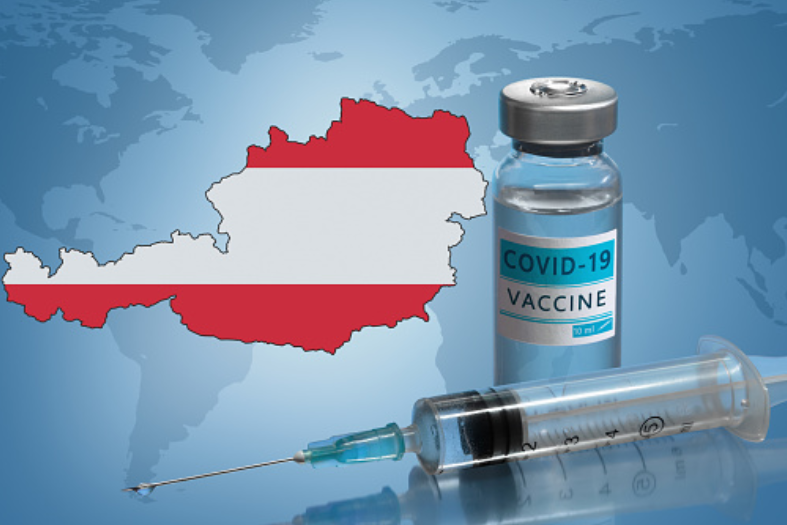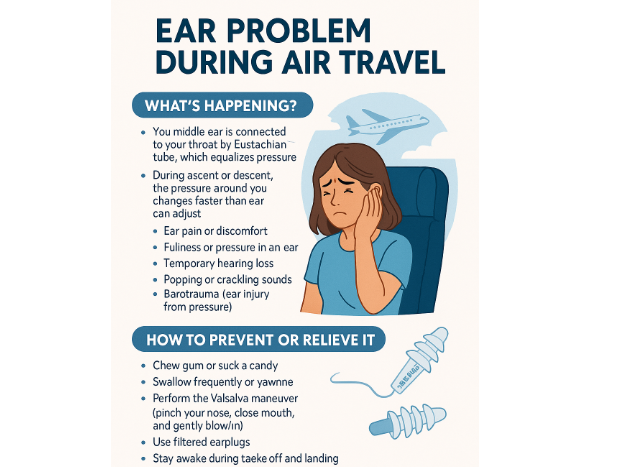Chancellor Kurz’s promise of 5 million first vaccinations by early July is unlikely to materialize. If things continue like this over the next few days, we will be about 200,000 stitches short of the 5 million mark. The 5 million mark would be reached first a week later.
At the beginning of April, Chancellor Sebastian Kurz (ÖVP) assured that all Austrians willing to be vaccinated should receive the Corona first vaccination by the end of June; at the beginning of June, the target was revised to five million first vaccinated by the end of the month. But even that is unlikely to be enough, according to APA calculations. By Thursday, just under 4.59 million people in Austria had been vaccinated for the first time, leaving more than 400,000 first vaccinations short of the five million target.
Around 76,000 vaccinations daily in Austria
With an average of 76,000 vaccinations per day, the five million mark could have been reached by Wednesday if all vaccinations had been administered for the first time. In fact, however, only just under 30,000 of these immunizations were first shots of vaccines requiring two doses and vaccinations with the vaccine from Johnson & Johnson, which is only required once.
The majority of doses are currently being used for second vaccinations. If things continue at this pace, more than 200,000 people will still be short of the government’s goal of five million people with first-time shots next Wednesday. Maintaining the current pace, the five-million mark would take a good week to reach.
Health Minister Wolfgang Mückstein (Greens) stressed to APA that due to the delta variant, the focus of the vaccination campaign is now more on second vaccinations. “The data show us that only full immunization ensures sufficient protection in the long term here,” Mückstein said.
Large vaccine shipment not until next week
In addition, the largest vaccine delivery for June – contrary to initial plans – is not expected until next week, the ministry said. Next week, more vaccine is to be delivered to Austria than in any previous week. Of all four approved vaccines together, more than 1.2 million doses are expected, with Biontech/Pfizer and AstraZeneca each accounting for more than half a million. “These must then be distributed to the federal states as quickly as possible and vaccinated quickly,” Mückstein said. Several provinces have already announced that there will then be more vaccine than people willing to be vaccinated.
As of January 1, there were 8,932,664 people living in Austria. Children under twelve years of age cannot be vaccinated at present; they account for more than one million. Currently vaccinated are therefore 7,901,417 people. As of Thursday, exactly 4,587,800 had received at least the first vaccination, or 51.4 percent of the total population. Fully immunized were 2,746,734 people, or 30.7 percent of the total population.
Delta variant spreading
The so-called delta variant of the coronavirus, which was first detected in India, is also spreading rapidly in Austria; in the previous week, it was already responsible for one in four new infections. In view of the spread of the mutation, the National Immunization Panel (NIG) has recommended shorter vaccination intervals to fully immunize as many people as possible as quickly as possible. Several states have already announced plans to implement the shortened intervals for new vaccination dates. For Biontech/Pfizer’s Comirnaty vaccine, a 21-day interval between first and second stings is now recommended; for Moderna’s mRNA vaccine, a 28-day interval; and for AstraZeneca’s Vaxzevria vaccine, the interval is to be reduced to four to eight weeks. Only one immunization is required for the Johnson & Johnson vector vaccine.
— sources: APA/vienna.at/picture:
This post has already been read 1160 times!



